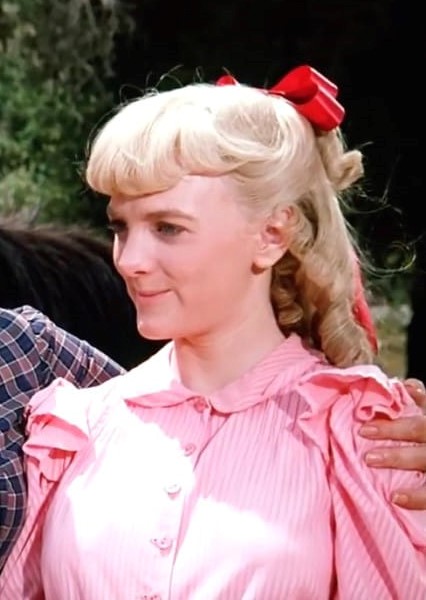
Sudasa’s chapters are written in verse and Kiran’s chapters are in prose, which makes the book a quick read and makes it easy to distinguish between the two characters. This book has a lot of great stuff going for it: interesting concept, cool setting, likable characters, easy to read. Can these two helpless teens, swept up in the mistakes of their ancestors and forced to suffer the consequences of hundreds of years of greed and short-sightedness, help each other escape the vicious cycle? Or will scheming family members, state-sanctioned killings, and indecision each play their roles to stop these teens who just want to be free to love, or not love, as they wish? All he needs to do is remain unnoticed until the Choosing Ceremony and he’ll be free to run… until Sudasa starts to notice him. He has other plans, to break out of the city and go in search of his missing mother. Kiran knows that he can’t win his Test, but he doesn’t care.

Or worse, they are sent to the walls that surround Koyanagar, supposedly to keep the people from the old country from breaching the walls in an effort to get at the resources (coal, food, water, girls) inside the city. After all, there is only one winner, and the losers are forced to live a life without marriage, companionship, fatherhood. Kiran, the other main character, is a farm boy from the coast of Koyanagar who has been chosen as one of Sudasa’s five “suitors.” Like Sudasa, he is also disenchanted with the Test, but then, none of the boys are looking forward to the competition. Sudasa’s name might mean obedient, but she wants only to rebel. But Sudasa is disgusted with the entire Test, with Koyanagar, with her grandmother. She knows that she should be obedient to her grandmother’s wishes and marry the boy who is obviously from a good family, a boy who will give her daughters and maker her life comfortable.

She has no choice in the matter, other than which of the five masked boys before her she might choose to be her husband. Sudasa, one of the two main characters, is seventeen years old and her time for marriage has arrived.

The boy with the most rocks gets the girl and, hopefully, is able to produce another girl from their marriage. They compete in tests of skill, athleticism, and knowledge, and in return receive rocks from the eligible young lady.

In the fictional walled-off city of Koyanagar, boys must compete in the Test for the chance to marry one of the few girls of marrying age each year. Here’s a new twist on the old dystopian society trend in young adult literature! 5 to 1 by Holly Bodger is set in 2054, when boys outnumber girls by a ratio of 5 to 1, making girls a precious commodity in India (where female infantacide is a real problem, BTW).


 0 kommentar(er)
0 kommentar(er)
